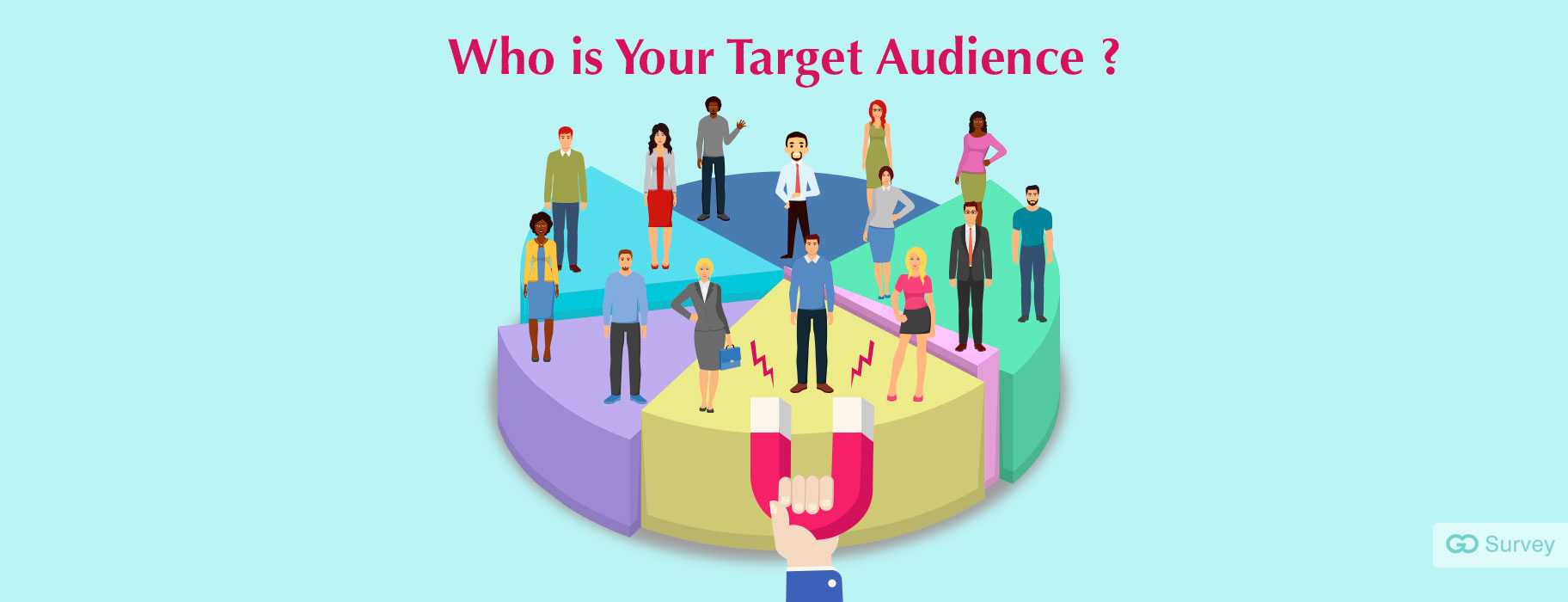Gap analysis measures current state with ideal goals and gives hands-on data on strengths and weaknesses to improve.
It’s also a strategy to identify competitors and resources to take calculative steps rather than bringing unresearched products and services in the market.
Understanding gap analysis with examples
You're not only pursuing your customers hard, but you're doing every bit amid heated competition.
You measure your brand success by how much soda cans you can sell, but your customers' rate brands successful if their interests have been taken care of. And if you don't do it, anyway your competitors will.
That's why you have to be on your toe to check if your customers are not drinking water in your rival's pond.
Analyzing your competition with market research may fuel essential business decisions that could make your brand a customer magnet and arm you with techniques that can virtually disappear your competition.
For example, remember Kodak? Yes, the giant savage company in photography! When the digital cameras and photography boomed, Kodak kept sleeping. Who would expect that from the leading company in the industry? But its competitor— Fujifilm— had analyzed Kodak's poorly-planned strategies and threw technology-linked digital products and devices in the market. Result? Fujifilm is still going stronger.
Where can you use it?
You're not operating your business in space. Even space has competitions these days. Every business needs gap analysis timely, whether you're an established firm or a start-up. Here's how you can use market research surveys to keep in the hunt:
SWOT analysis
Easily the most "reputed" analysis done with the help of market research. Knowing your internal strengths and weaknesses and the external opportunities and threats impact your business and its course of action.
For example, a brand can work around how many staff it has, its culture, its relationship with the market (internal analysis); the number of alternatives, the demand, and the cost of the raw (external analysis) to have a potential competitive edge. Consider an online diary company that sells milk. You want to compete but don't have any USP that keeps you alive in the battle. What do you do? SWOT analysis with market research. Maybe your competitors aren't using the clean steamed bottles? Perhaps they've been using the in-organic components? You can use this data to design a successful campaign.
Porter's five forces
Porter's five forces is another competitive measuring model. Again, as good as it gets. You can smartly deploy market research around this model to be a nose ahead of your competitors.
Here's what you need to research:
- The intensity of competitive rivalry— find how many firms compete and how much the market is growing.
- Threats of new entrants— is there a barrier in the entry? Or how easy it is for new businesses to set-up a brand.
- Bargaining power of customers— find how much power your customers have.
- Bargaining power of suppliers— determine how much power your suppliers have.
- The threat of substitutes— how likely will the buyers switch to other brands.
For example, Trefis analyzed Armour's competitiveness, a footwear brand, with giants like Adidas and Nike using market research that whirled around Porter's five forces.
Other competitive analysis frameworks
We're done with the two most crucial competitive analysis market research techniques. However, you can have other analysis framework research like strategic group analysis, growth-share matrix, or perceptual mapping for further growth.
For example, Coca Cola was facing numerous challenges from Pepsi in 1985. Pepsi was outselling Coke in bigger stores like supermarkets and drugstores. They used perceptual mapping techniques to reformulate their brand. Made 200,000 people taste their formula, and added the word "new" on their cans. Unfortunately, the move didn't work in Coca Cola's way, but regardless of the outcome— analysis frameworks were used to determine the rival's strategy.
How to do it?
You'll typically pick some of your leading rivals and analyze their brand perception, marketing strategy, customer-engagement channels, sales and revenues, and so on. And yes, secondary sources of competitive information are lying around your table and cabinets— newspapers, ads, articles, tv, and media. Blend both the market research types to have an advantage.
Gap analysis with GoSurvey
Gap analysis may take time and often ends up with unreliable information. You need a reliable tool to gather data on your competitors’ moves and make informed-decisions even if you’re a start-up.









